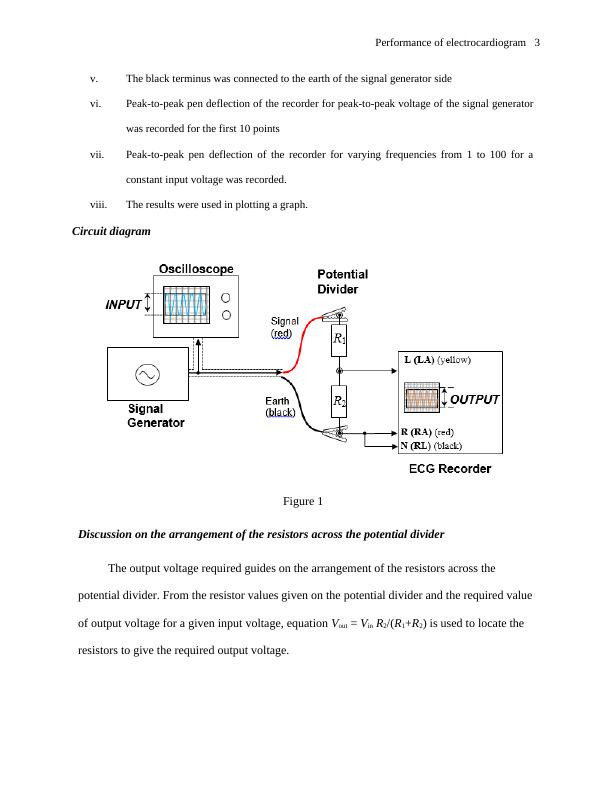Performance of Electrocardiogram
Measure the parameters of an ECG recorder using an oscilloscope and signal generator, and record test traces from an ECG waveform simulator.
7 Pages1053 Words87 Views
Added on 2023-06-04
About This Document
This article discusses the performance of electrocardiogram and its parameters. It covers the sensitivity of the recorder, circuit diagram, calculations, and more. The article also explains the role of low pass filter in removing unwanted signals and guaranteeing efficiency and effectiveness of the results obtained.
Performance of Electrocardiogram
Measure the parameters of an ECG recorder using an oscilloscope and signal generator, and record test traces from an ECG waveform simulator.
Added on 2023-06-04
ShareRelated Documents
End of preview
Want to access all the pages? Upload your documents or become a member.



